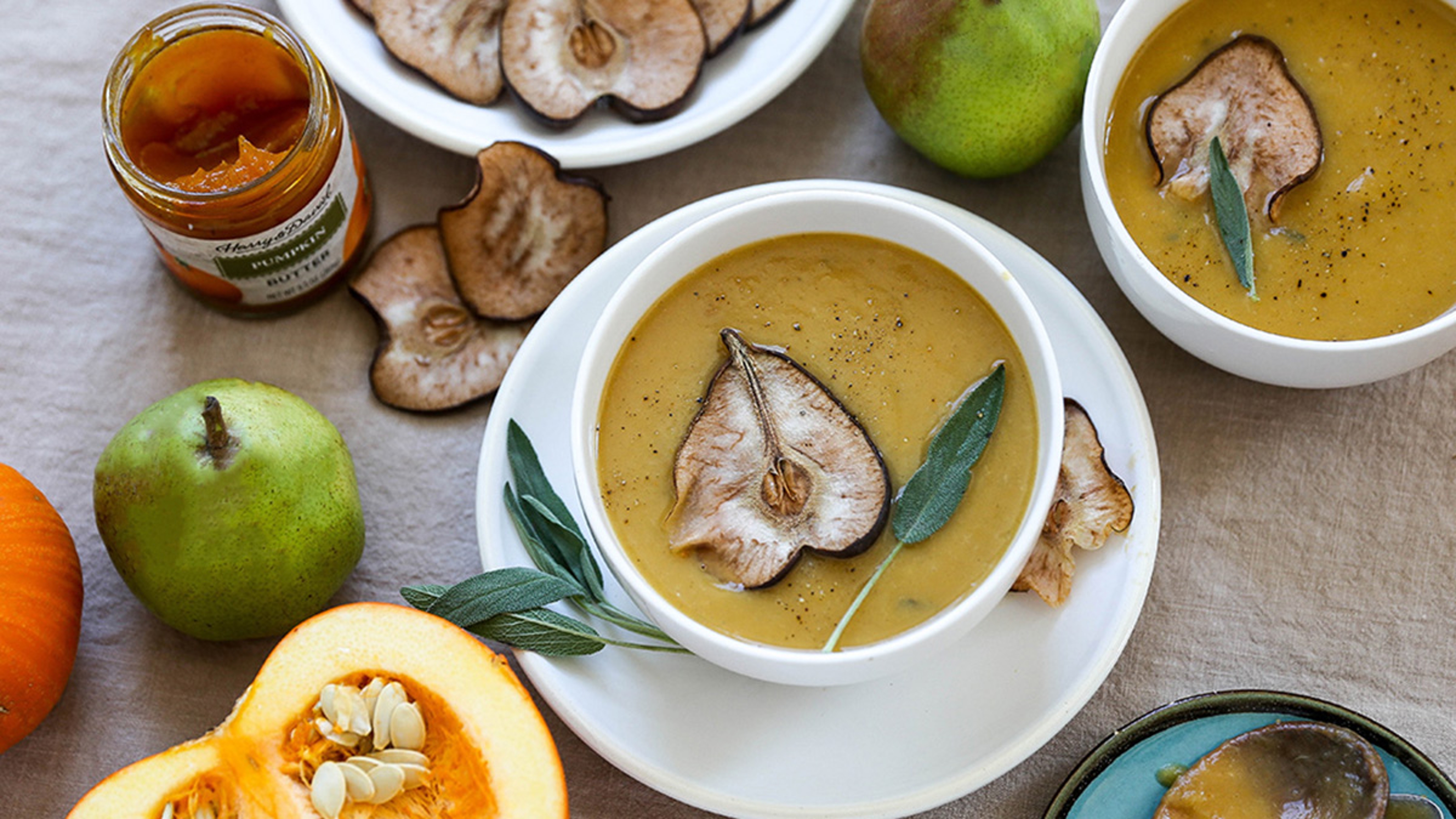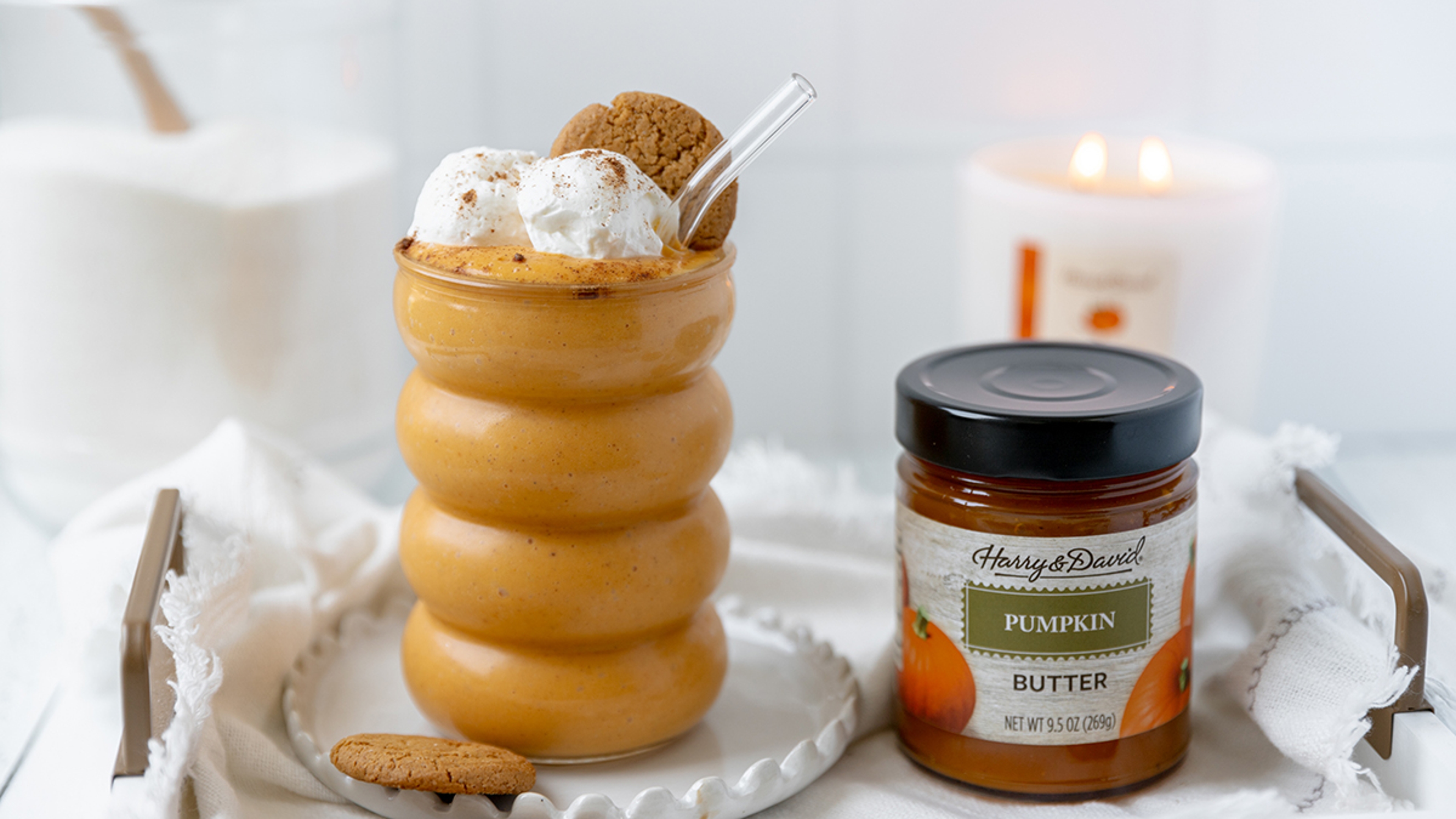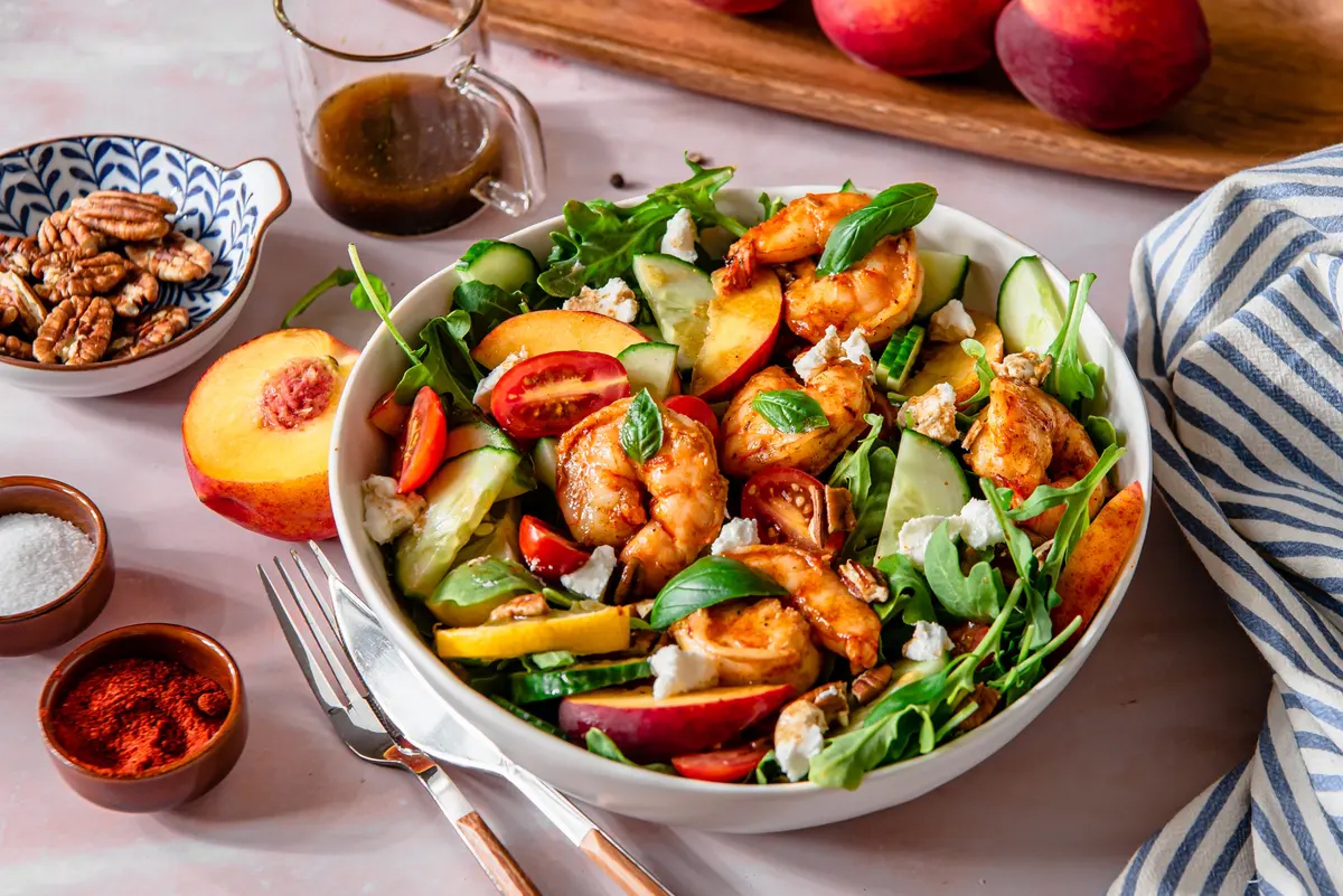It’s the Great Pumpkin! 11 Things You Didn’t Know About Fall’s Favorite Mascot
You know those pies you love so much? Well, they're not quite on the up and up.
Oct 01, 2024
Did you know that pumpkins originated in Mexico, or that most pumpkin pie filling is hiding a big secret? Ever wonder why some pumpkins have those bumpy warts and others are smooth as can be? Keep reading to learn more about these and other fascinating facts about pumpkins.
1. Pumpkins are not what you think they are
Many people consider pumpkins a vegetable because they are more savory than sweet. But that's a mistake. Vegetables are technically the consumable portion of a plant, such as its leaves, roots, or stem. Because pumpkins start out as a flower and contain seeds, botanists instead classify these mighty melons as fruit. They are also related to cucumbers, squash, and watermelons — all members of the cucurbits, or gourd, family.
2. They're wildly in demand
These giant orange melons are seriously beloved. In fact, the USDA National Agricultural Statistics Service estimates that more than 66,000 acres of pumpkins are harvested in the United States each year, producing more than 2 billion pounds of the great gourds.

3. You have so many to choose from
According to the Pacific Northwest Giant Pumpkin Growers (PNWGPG), there are more than 70 different pumpkin varieties grown in the U.S. In addition to “traditional" pumpkins, you've got such incredibly named heirloom ones as Baby Boos, We Be Littles, Jack Be Littles, Cinderellas, Fairytales, and Long Island Cheeses.
4. What's in a name?
The word “pumpkin" comes from the Greek word “peopon," which translates to “large melon." From there, the word evolved into “pompon" in French and “pumpion" in English.
The word “pumpkin" didn't appear until the late 1600s, however. French writer Charles Perrault is believed to have first used the word in his classic fairy tale Cinderella to describe the magical melon from which the heroine's stately carriage arose. With a little help from her fairy godmother, of course.
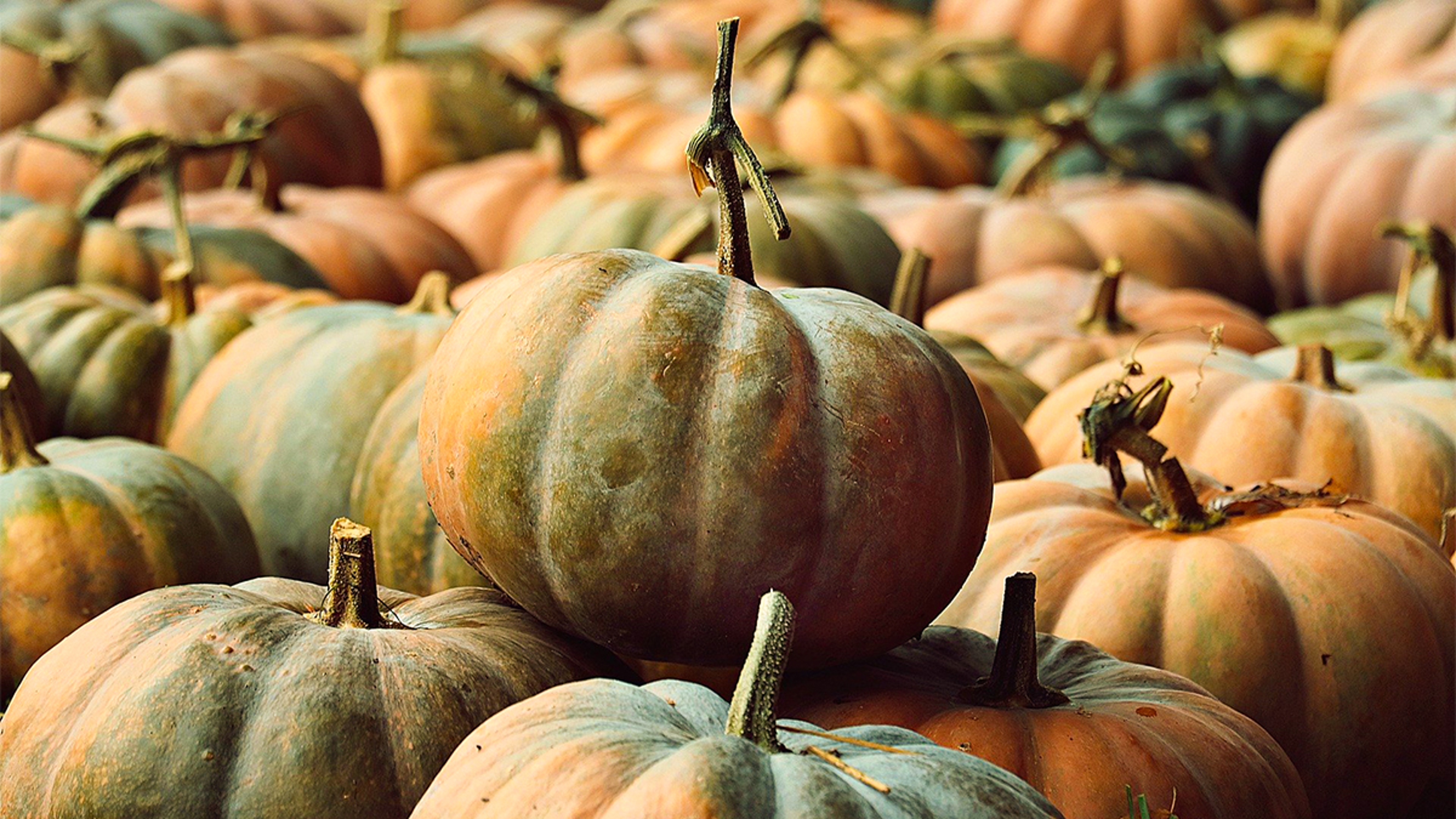
5. Black is the new orange
Pumpkins come in many shades beyond basic orange:
- Ghost pumpkins, Full Moons, and Luminas are all different shades of white.
- The Jarrahdale pumpkin is an ashy gray color.
- Queensland Blue and Blue Moon can be so blue that they almost appear purple.
- Hooligan pumpkins are light-yellow and orange with a mottled pattern.
- Black Futsu and Black Kat are often pitch black.
- Warty Goblins are traditional orange, but, as the name suggests, are covered all over with unusual and somewhat off-putting bumps.
6. Disregard the pumpkin acne
Don't let those pustules on the Warty Goblins scare you — they're actually just a buildup of extra sugar in the pumpkin's skin. As the sugar collects, it causes tiny ruptures in the flesh of the melon, giving the pumpkin its horrific Halloween-ready, wart-like appearance.
7. Border crossers
“Pumpkins are believed to have originated in Central America over 7,500 years ago," says Henry Bartimus, a member of the Illinois Giant Pumpkin Grower's Association. "Archaeologists discovered the oldest domesticated pumpkin seeds in the Oaxaca highlands of Mexico."
The fruit has evolved considerably over the years, and that has been to its advantage. Pumpkins used to be small, hard, and bitter, and their tough exterior allowed them to survive harsh winters, making them vital sustenance for Mexicans.
“The first pumpkins held very little resemblance to the sweet, bright orange variety we are familiar with today," Bartimus says.
8. The essential Halloween mascot
Ancient Irish folklore tells the tale of a man named “Stingy Jack" who was doomed to roam the Earth, with just a burning lump of coal to light his way. To keep the coal from burning his hands, Jack carved a turnip into the shape of a lantern and carried it into the night. And, according to Regina Hansen, a master lecturer at Boston University and expert on the supernatural and how it's portrayed in literature and film, this legend gave way to other Irish folklore of carving out turnips and squash in a similar way — not to celebrate the man but to scare off his evil spirit.
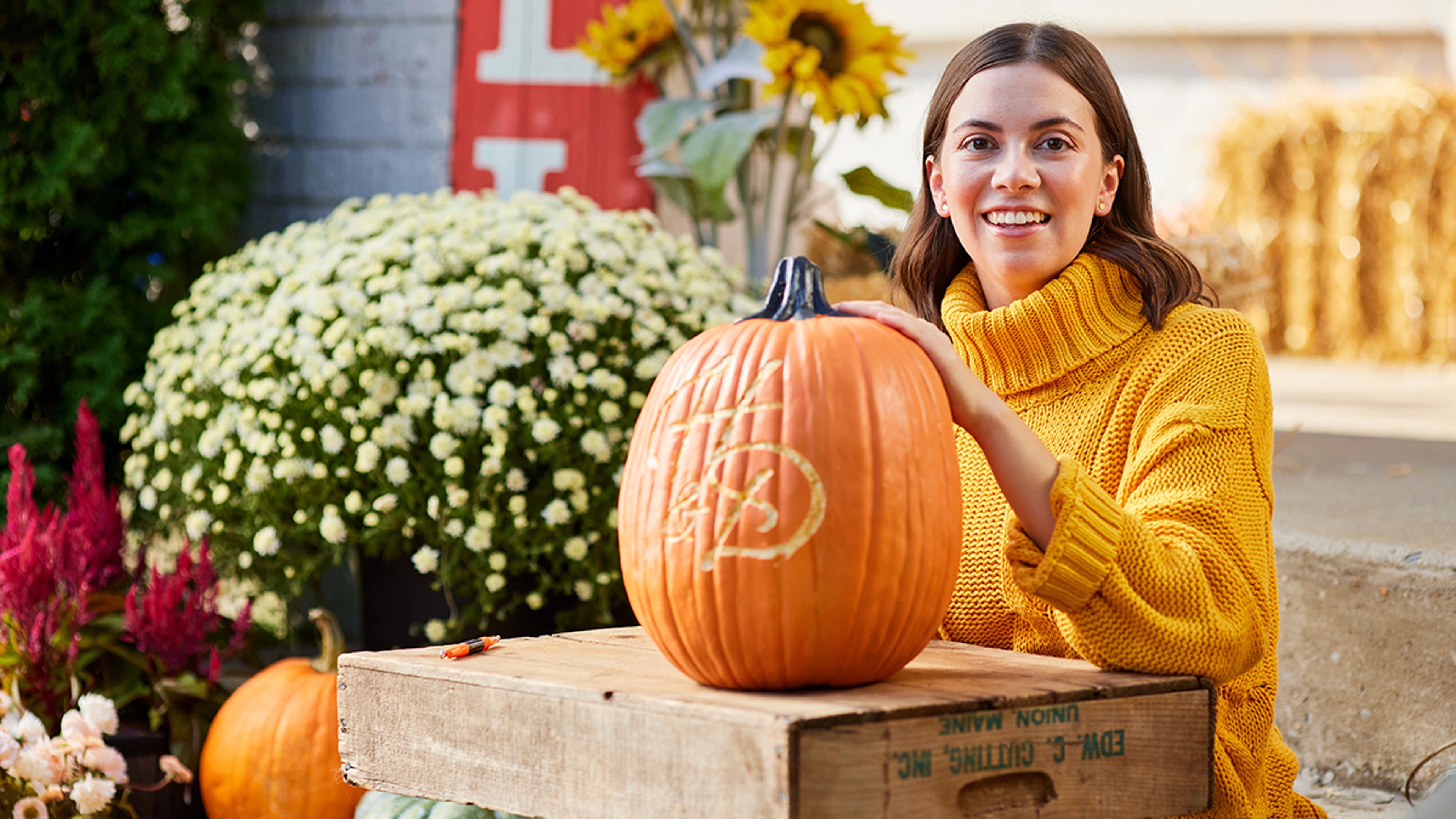
This tradition stayed with Irish immigrants as they traveled to the new world. “But when the Irish and Scots came to North America with their traditions, they quickly realized that pumpkins were easier to carve," Hansen says. “And the rest is history."
9. From pumpkin pie to pumpkin lies
Leave it to those pie-loving Brits to invent the first-ever pumpkin pie.
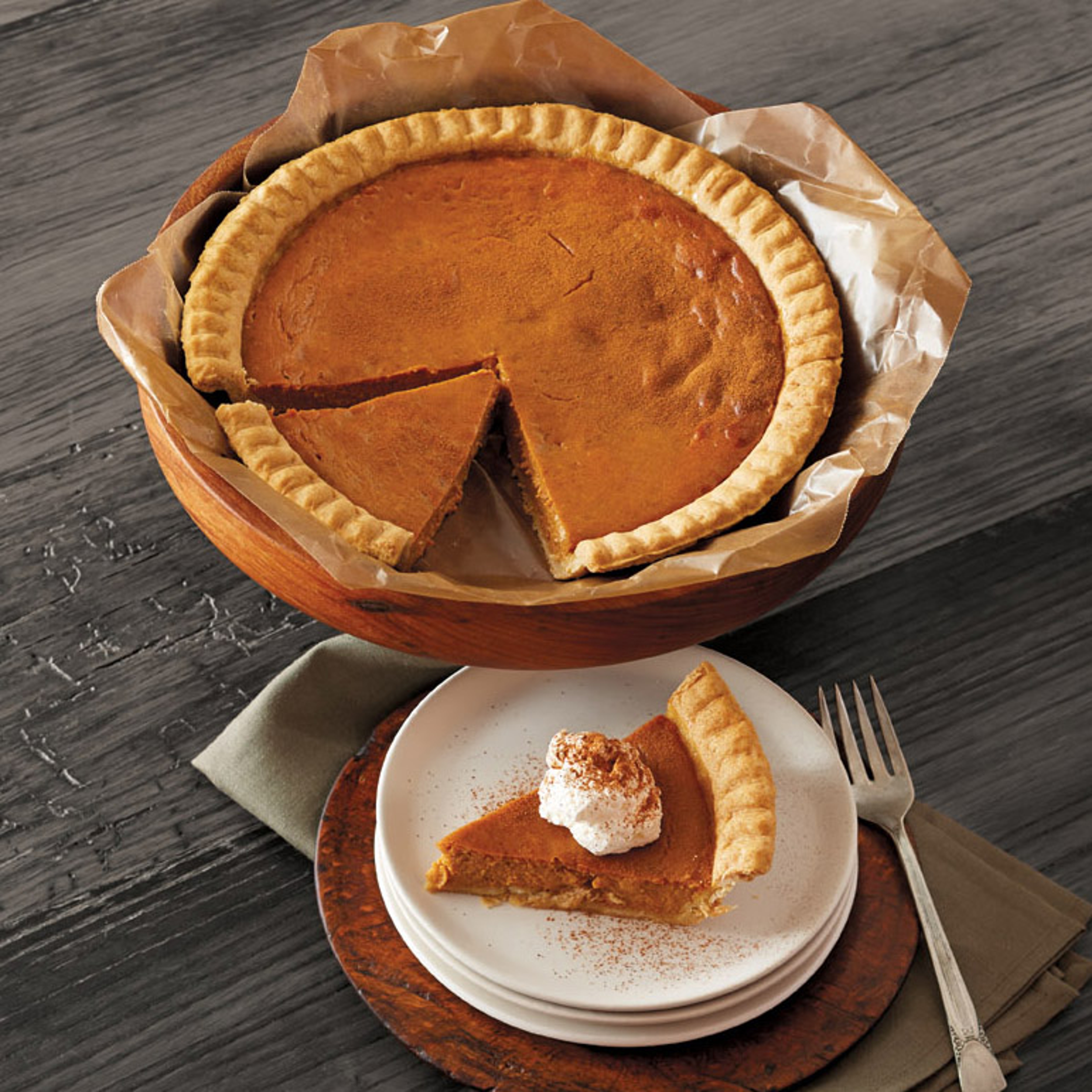
“The first mention of pumpkin in Europe dates back to 1536, after European explorers returned from their overseas adventures," Bartimus says. “Within a few decades, 'pumpions' were regularly grown and used in a number of popular English dishes, including early versions of the pumpkin pie."
Fast forward to modern times and pumpkin pie is more popular than ever, with Americans eating an estimated 50 million of the golden-hued desserts each year. Although, in an unusual twist, most of these “pumpkin" pies are actually squash pies. Manufacturers of canned pumpkin pie filling use a combination of butternut, Hubbard, and other squashes for their “pumpkin" pie filling, claiming that these other squashes make a filling that is sweeter, fleshier, and creamier than what you'd get if you used pumpkin alone.
Pumpkin Recipes
If you still feel compelled to cook with pumpkins after being duped, here are some recommendations.
10. Preservation is key
Carving a jack-o'-lantern? Here's how to make it last, according to the PNWGPG. First, carve around the stem to create a lid and remove it so you can dig out the goop and seeds inside. Then, keep your carved melon in a cool place for maximum life span — but don't let it freeze or the pumpkin will rot when it thaws.
Heat is bad for pumpkins, too. Bartimus recommends using a cool light, such as an LED, instead of a candle inside your pumpkin to make it last longer.
“You can wash pumpkins in a bleach-water solution to help slow down rotting," Bartimus recommends. And applying a thin layer of petroleum jelly around any cut you make in the pumpkin will help reduce evaporation and preserve the life of your creation, he adds.
11. That's a ton of pumpkin!
In 2012, a Rhode Island farmer became the talk of the pumpkin industry when he set a new world record and, in doing so, crossed a threshold many farmers had long dreamed of: He grew the first ever one-ton pumpkin. Ron Wallace's world-record pumpkin weighed in at 2,009 pounds, shattering the previous record by 165.5 pounds. For his incredible growing efforts, Wallace won $15,000 at the Topsfield Fair's giant pumpkin weigh-off.
.svg?q=70&width=384&auto=webp)






